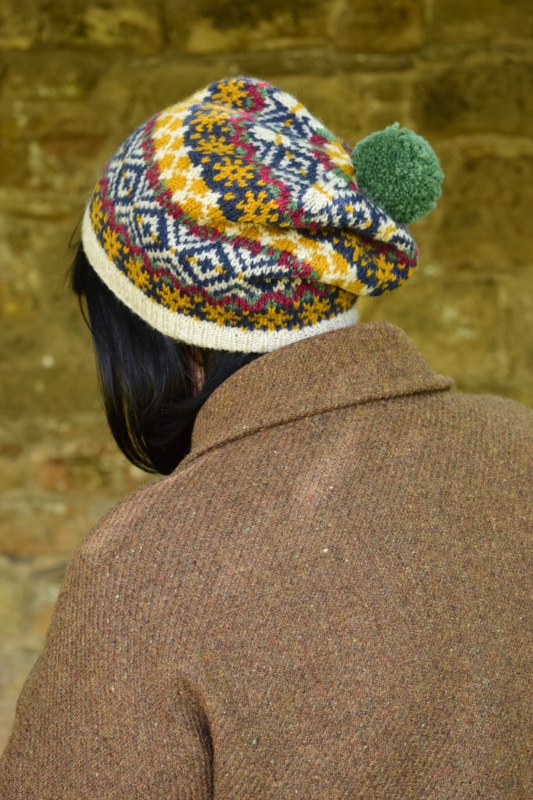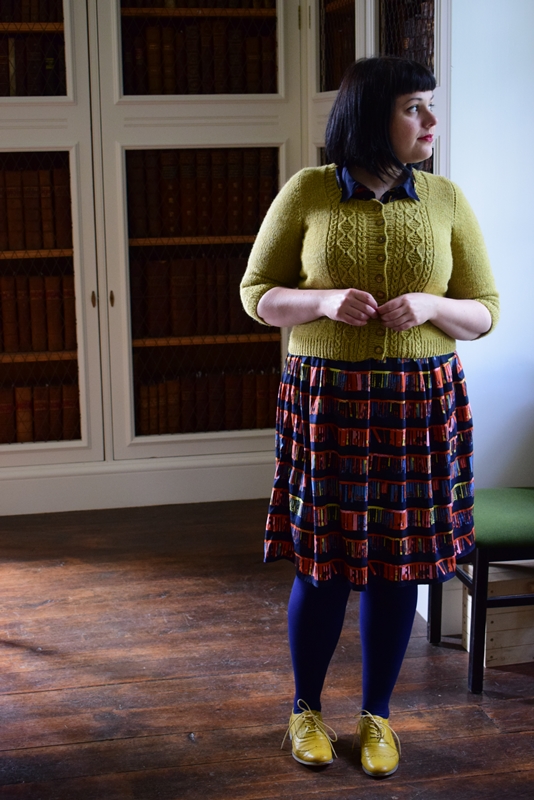Welcome to the sixth of ten posts introducing the patterns in This Thing of Paper. We are close to launching, so I want to take you through the patterns and their stories.
The Letterpress cowl is a cabled cowl knitted in the round with an intuitive cable pattern set on a garter stitch background. It is worked in Blacker Yarns Classic Aran — the heaviest of the yarns featured in the book.
This was one of the last pieces to be designed for the book (and I designed more than what I'm publishing). I remember spreading all the samples out on the floor and realising that the collection had a few gaps. I could talk about design processes all day long, but suffice to say that 'designing into gaps' is oddly satisfying. You know you have almost solved the jigsaw when you can see the gaps that need to be filled. Letterpress needed to be a squishy, textured piece in a neutral colour - and it was a joy to really knuckle down to design something so relatively straightforward-yet-interesting.
Much of This Thing of Paper would not exist without other people. The Letterpress sample was expertly knit by my good friend Katherine Lymer who is quite the cable expert. I had a family emergency at the time and, whenever I look at the sample, I can hear Katherine's calm voice telling me that a) everything was going to be fine and b) the sample wouldn't be a problem.
Knitting is about friendship and making memories - either explicitly or implicitly.
The pattern itself was inspired by letterpress printing - imprinting some thing on a lightly textured piece of paper. I obviously decided to have the sample worked in a paper-like colour and in a yarn that would lend an extra dimension to the texture. The essay itself was partly written while I was in Mainz, Germany working in the Gutenberg Museum. It reflects upon the name of This Thing of Paper, various modes of communication, and contains more than one reference to TS Eliot.
Photos were taken outside the Innerpeffray Library chapel.




















